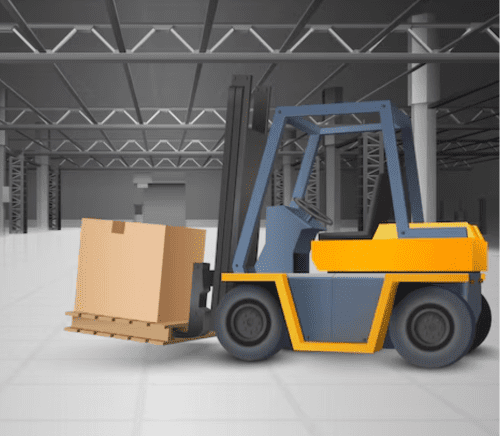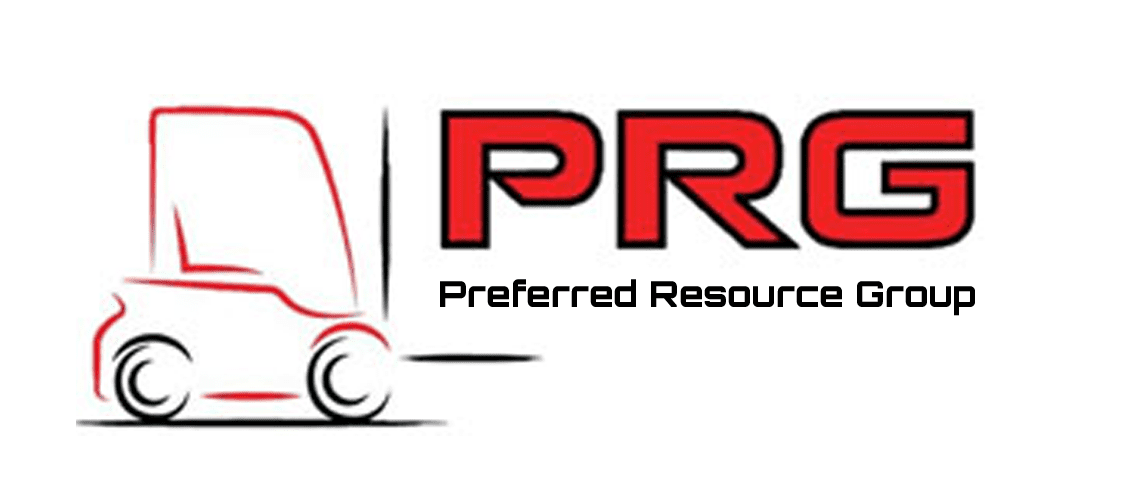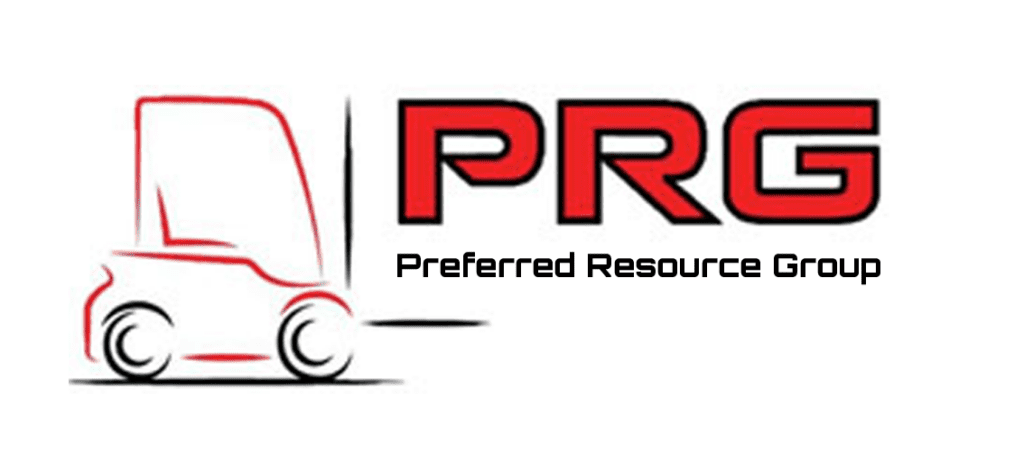Have you ever entered a warehouse and seen forklifts operate? Strangely fulfilling, but not particularly glamorous. As everyone else looks on, these robots operate as if they own the place, moving down aisles, lifting pallets, and performing all the hard lifting.
Go ahead and spread that sight all over the world. Things start to become interesting at that point. The forklift market has subtly turned into a beast. We’re talking about electric conversions, billions of dollars, technological advancements, and even self-driving forklifts.
So, what is the backstory for all of this expansion? Why are all logistics managers now interested in the forklift? To understand why the forklift game is so popular, let’s explore it not as a dull analyst would, but rather like we’re conversing over coffee.
Why Forklift Market is Growing?
Not to chop words, after 2020, everything changed. The popularity of online shopping has increased. Faster delivery was what people demanded. Companies were terrified of supply networks.
The simple forklift really rose to prominence in fulfillment centers, warehouses, and even supermarket distribution centers.
Businesses had to grow quickly since they were unable to meet the demand.
Furthermore, acquiring additional forklifts wasn’t the only goal. Getting smarter ones was the goal.
So what’s really driving this growth?
- E-commerce: The boom is real. More orders lead to more inventory, and more forklifts are needed to move it all.
- Labor shortages: Unfortunately, it’s not as simple as it once was to recruit qualified forklift drivers. Businesses are investing in automation as a result.
- Green objectives: Electric forklifts are becoming popular as a result of companies desire to reduce pollution.
- Safety requirements: More sophisticated, technologically aware forklifts are in demand due to stricter restrictions.
Types of Forklifts in Demand
A forklift seems to be just that, a forklift. However, no. Every kind of ecosystem has a distinct function.
Let’s explore current trends:
Electric Forklifts
It’s quiet, clean, and ideal for work done indoors. Sustainability trends have also made them much more popular.

Internal Combustion (IC) Forklifts
Surviving in harsh outdoor environments. Although they still have power, electric alternatives are gradually gaining favor.
Automated/Smart Forklifts
Things become crazy at this point. Without a driver, these forklifts operate by using sensors, artificial intelligence, and occasionally even machine learning. Some are able to arrange shelves, navigate the warehouse, and avoid hazards by themselves.
Rough Terrain Forklifts
These are found anywhere the ground is untidy and erratic, such as lumber yards and building sites. Built to last, not to impress.
Regional Forklift Market Trends
Okay, let’s take a moment to zoom out. The market for forklifts is not the same everywhere. While some places are just beginning, others are diving headfirst into sustainability and technology.
North America
Big time for smart warehouses. The competition is fierce as Amazon and other competitors set the standard high. This entails automation, electric improvements, and a strong emphasis on safety and speed.
Europe
The word of the game is green. Europe is really pushing for electric forklifts. They have some of the strictest laws and place a high priority on operator safety, which is forcing forklift manufacturers to improve.
Asia-Pacific
This area is expanding quickly. China is constructing warehouses as if it were a sport. Not far behind is India. What about Japan? In terms of forklift technology, they are already ahead, particularly in automation and hybrid versions.
Latin America & Middle East
Not sleeping, but not moving as quickly either. Due to the price sensitivity of these sectors, old or inexpensive forklifts are in high demand. You might anticipate faster growth as infrastructure gets better.
Key Drivers Behind the Forklift Market Boom
To put it simply, forklifts are no longer dull. Many factors that somewhat overlap are driving the forklift market. This is what’s making things hotter:
1. Online Shopping Leads to Warehouse Growth
Although we have already discussed it, it is worth restating. Tight warehouse schedules and more forklifts result from quick delivery. Without equipment to carry the items, a fulfillment center cannot grow.
2. Going Green
Diesel’s old news. As the global attention shifts to climate goals, businesses are heavily relying on electric fleets. In certain cases, solar-powered forklifts are currently used. Yes, welcome to the future of solar-powered forklifts.
3. Reduce Labor Costs
In some areas, it might be difficult to locate skilled forklift operators. Thus, automation solves a real workforce need and does more than simply look good.
4. Safety Regulations
Accidents with forklifts? It’s still there. New versions are therefore loaded with sensors, backup alarms, and even collision alerts. Better business results from lower risk.
5. AI & Smart Warehouses
Warehouse management systems may now communicate with forklifts. Talk like, “Hey, I moved that pallet.” This entails improved planning, fewer mistakes, and real-time tracking.
Conclusion
Forklifts aren’t just warehouse furniture anymore. They’re essential tools in a supply chain that’s moving faster, cleaner, and smarter than ever before. The forklift market is evolving with tech, driven by real-world problems like labor shortages, e-commerce pressure, and climate change.
Need the right forklift in Houston, TX solution that actually makes sense for your business? PRG Equipment has you covered.
We help you choose the right ones that fit your operations like a glove. Backed by solid support and a team that actually listens, we’re here to help you stay ahead of the curve.
FAQ’s
Ans: E-commerce, automation, and environmental goals. Businesses need to move more stuff, faster, and forklifts are the backbone of that movement.
Ans: In many ways, yes. They’re quieter, cleaner, and cheaper to maintain long-term. Plus, they meet a lot of new emission standards.
Ans: Not completely, but it’s filling in the gaps where labor is hard to find. Think of it as “working with” automation rather than being replaced by it.
Ans: Asia-Pacific currently holds the crown, especially with China’s rapid industrial expansion. But North America and Europe aren’t far behind; they just focus more on tech and sustainability.
Ans: Yes! They help reduce errors, boost efficiency, and can even reduce insurance costs thanks to safety features.


